[ad_1]
The chicory plant family is full of crispy greens that add a delicious chunk to cold and warm dishes. Radicchio is a cabbage-like plant with enticing reddish-purple and white coloring that may stand out in your plate. Many companion vegetation can develop with radicchio when you want to add this to your yard.
This cool-season crop will get along with many alternative vegetation that need associated conditions. If given good conditions, it might develop to be pretty large, and accurately spacing it with totally different vegetation can look like a chore.
I’ll current you which vegetation work successfully with radicchio and help you establish recommendations on home them in your yard.
About Companion Planting
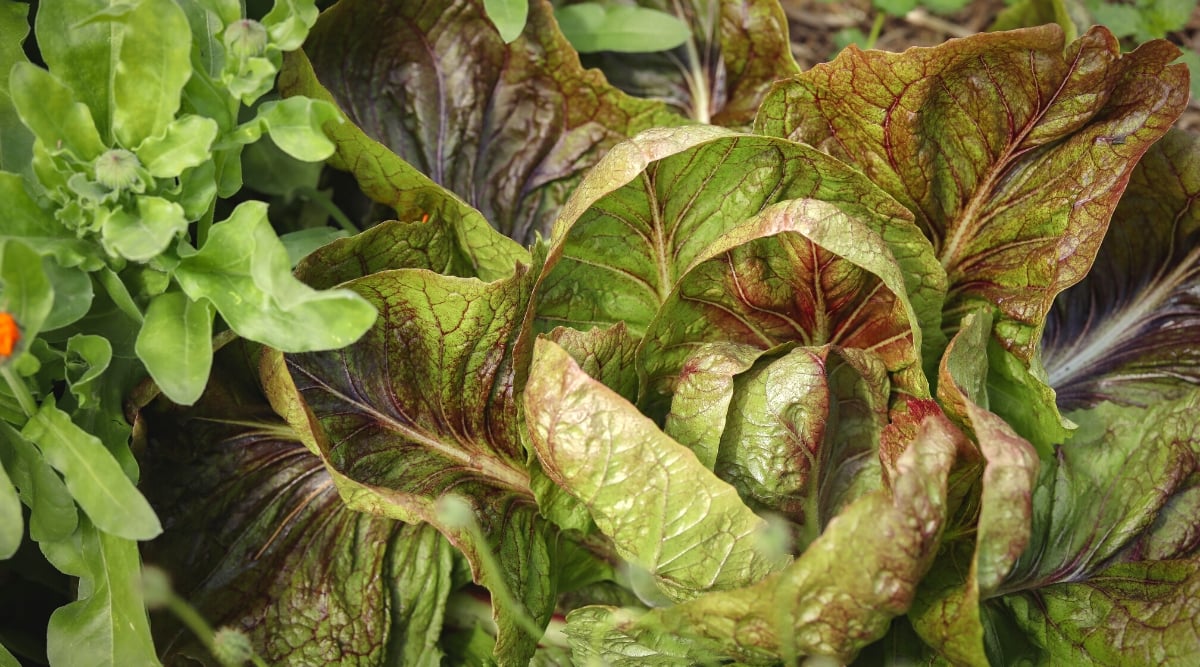

Companion planting is definitely making vegetation work so that you could make your life less complicated—if you want to check out it that method! You presumably can pair certain vegetation collectively to help reduce pest populations, entice pollinators, and provide shade.
With cautious planning, you’ll choose companions that revenue each other nutrient-wise. Pairing nitrogen-hungry vegetation with others that don’t need as so much nitrogen will present you steadiness out how so much fertilizer you need. Crops with shallow roots develop successfully with deep-rooted vegetation because of they absorb water and nutritional vitamins at utterly totally different ranges with out competing.
Anyone can revenue from companion planting, nevertheless these with restricted home will uncover basically probably the most use for it. You presumably can flip your tomato planter proper right into a planter for tomatoes, herbs, and flowers, tripling your plant parts whereas receiving greater harvests.
Radicchio as a Companion Plant
Radicchio might look like a hard plant to indicate proper right into a companion because it might develop large within the correct conditions. Sooner than you’ll select its neighbors, you must understand the best way it behaves throughout the yard.
Since radicchio can develop as a lot as 12 inches tall and intensive, it makes a wonderful flooring cowl for various vegetation. It’ll presumably suppress weeds and protect roots, which might help your totally different vegetation thrive. This chicory performs best in cool seasons with a great deal of moisture.
Radicchio has a shallow root system, so a number of the precise property it takes up is above flooring, meaning you may plant deep-rooted vegetation like carrots and beets shut by and by no means have to stress about taproots turning into misshapen.
Radicchio can entice quite a few pests that may assault its neighbors, along with aphids, flea beetles, thrips, and cabbage loopers. You may also see ants spherical, nevertheless they acquired’t eat your radicchio; they’re merely farming aphids for his or her honeydew, which suggests you’ll have an excellent larger aphid disadvantage than sooner than.
One different disadvantage you can have is defending thirsty radicchio comfy. They like a complete lot of water, usually 1-2 inches per week, and possibly additional while you develop it in hotter conditions than it prefers to develop in, like to start with of summer season season. Should you occur to pair it with totally different thirsty vegetation, you’ll must water your yard additional sometimes than regular.
Companion Crops for Radicchio
Let’s ponder some companions that develop successfully subsequent to this distinctive chicory!
Beets
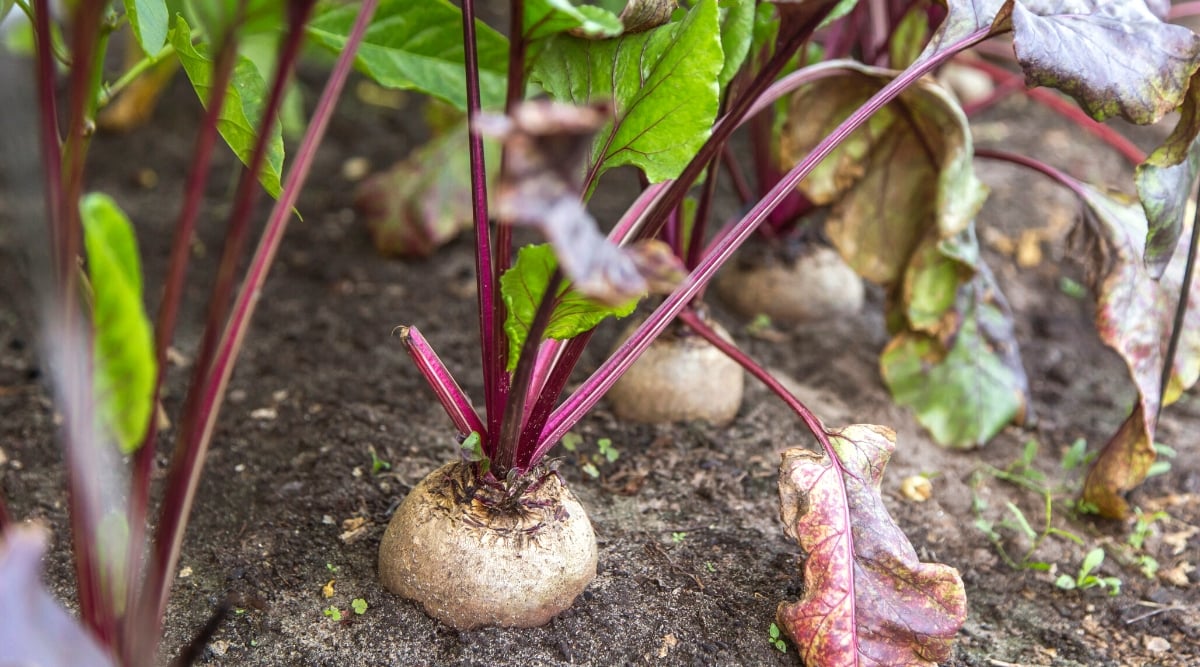

Beets have fairly a bit to present to their neighbors. For starters, their thick roots will help loosen the soil to help radicchio develop greater. Their roots absorb nutritional vitamins at utterly totally different ranges and acquired’t hinder each other’s progress.
Should you occur to don’t must eat beet greens, decrease them and return them to the soil. They’re full of magnesium, which helps vegetation develop larger. Crops that don’t get hold of adequate magnesium can develop to be stunted, so be completely satisfied to depart these leaves behind.
Carrots
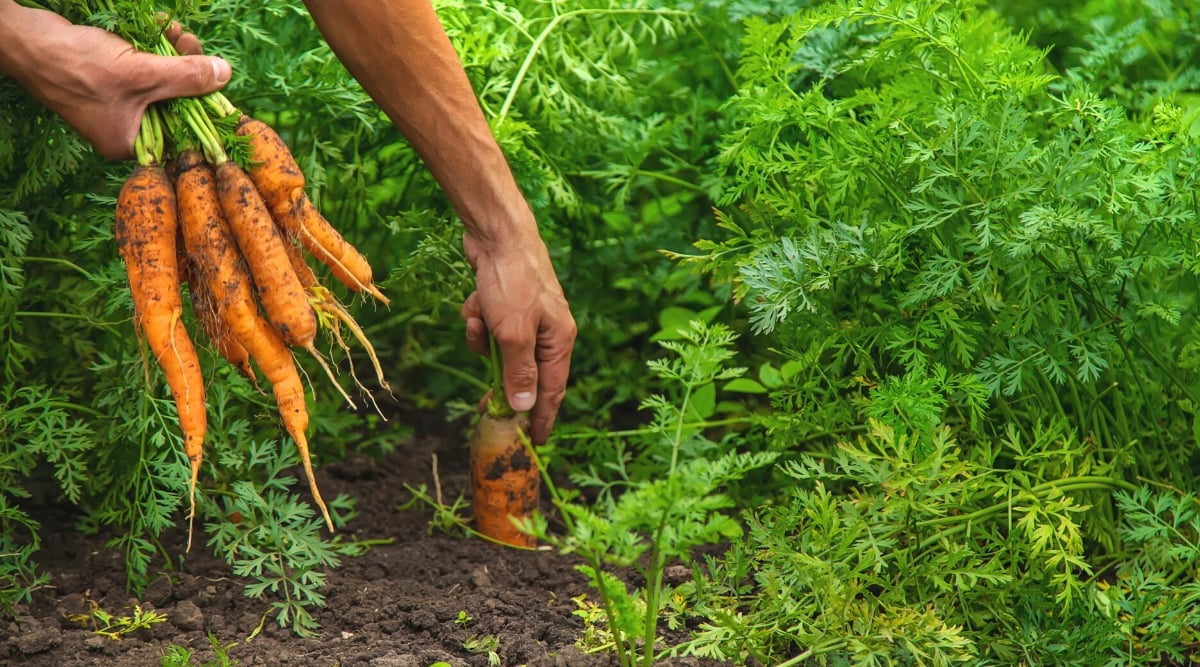

Carrots are good at loosening the soil, significantly while you develop large varieties that attain deep throughout the soil. Should you occur to’re rising radicchio in a yard mattress with less-than-ideal soil, companion planting carrots will help make it less complicated for the roots to develop and may even help draw nutritional vitamins into the upper layers of the soil.
Given that roots develop at utterly totally different depths, they don’t compete for nutritional vitamins. Carrots have a deep taproot with feeders that creep beneath the extent of the shallow radicchio roots. That’s good when you should squeeze these vegetation proper right into a small home.
Cauliflower
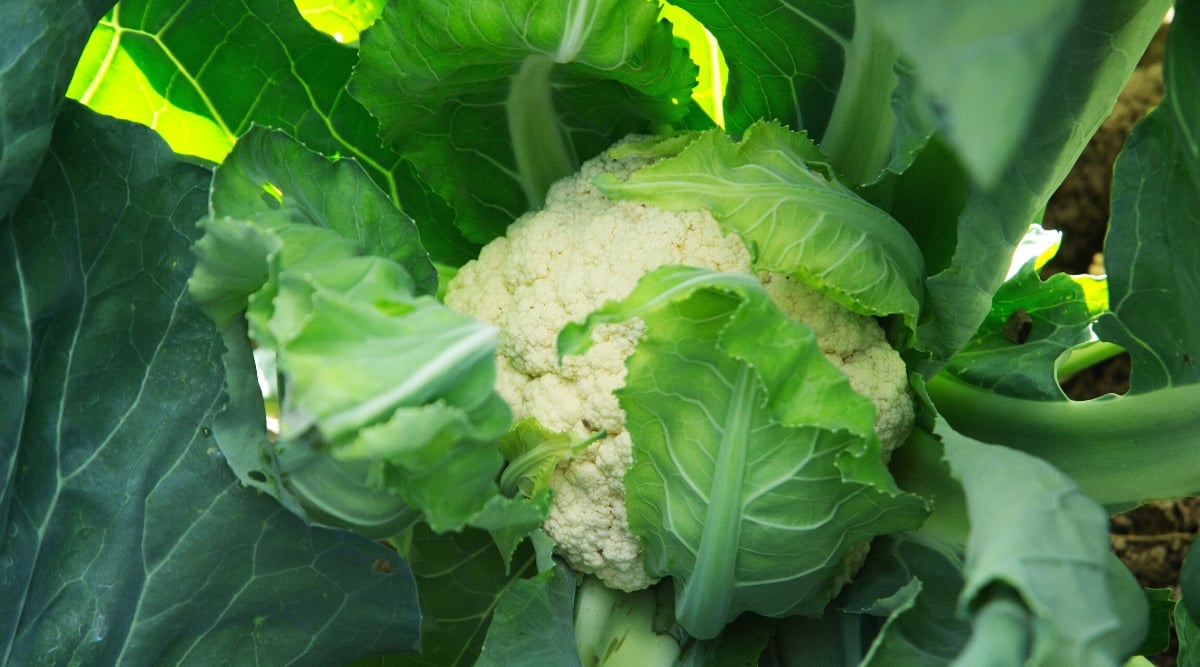

Cauliflower doesn’t basically revenue radicchio, nevertheless it’s a wonderful companion because of it has associated rising requirements and acquired’t harm the plant. They’re every cool-season crops that need a great deal of water and sunshine. You’ll likely wish to lengthen how so much water you give them since they’re every thirsty vegetation.
Every vegetation are vulnerable to cabbage loopers, flea beetles, aphids, and thrips, so that you simply’ll wish to have a look at for these pests. Ponder rising sage or one different herb that helps to discourage these pests shut by.
Cucumbers
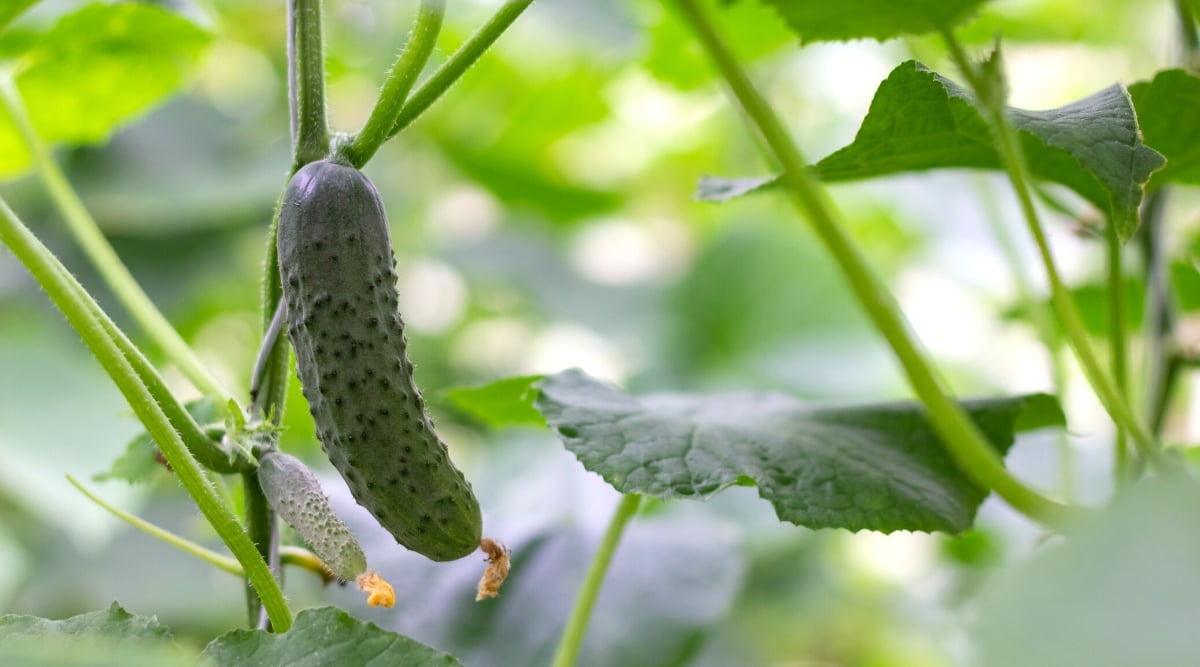

Cucumbers can help you make your spring chicory crop final extra or help the seedlings you plant in late summer season season hold cool. Trellis the cucumbers in order that they don’t suffocate the radicchio nevertheless current a great deal of shade to protect it from extreme temperatures.
Mature radicchio vegetation can help protect cucumber roots and act as a dwelling cowl crop to retain moisture throughout the soil, which is good since they every like a complete lot of water. The identical watering desires for every vegetation moreover make them good neighbors.
Dill
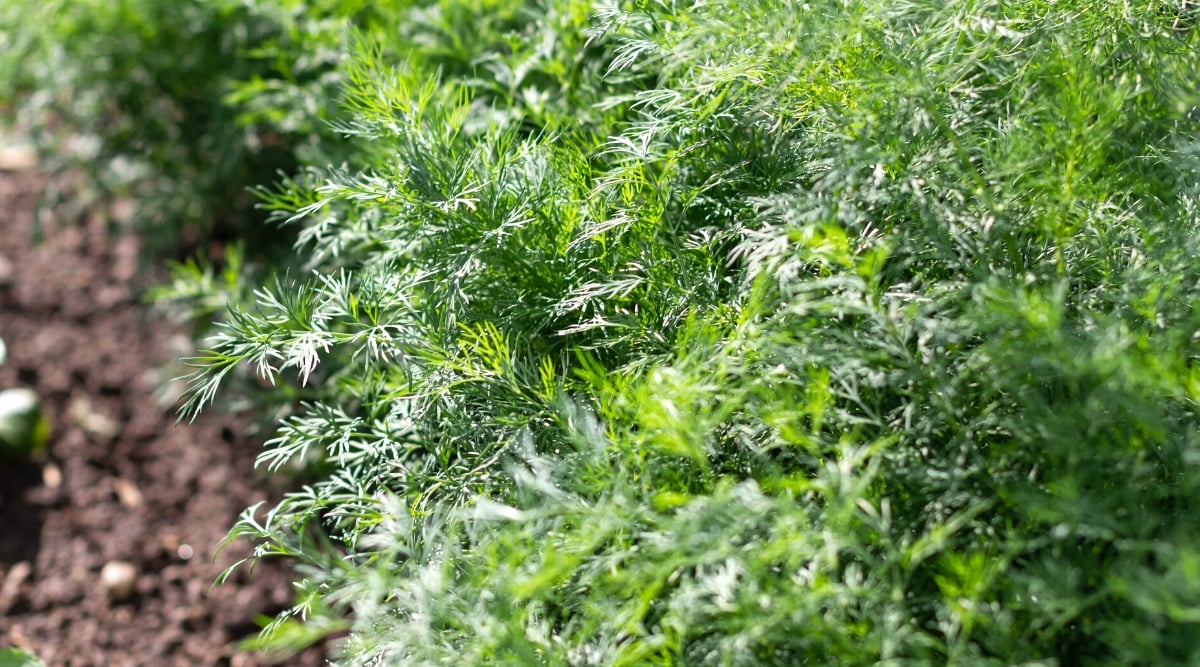

If aphids are a difficulty, plant some dill. Ladybugs and lacewings love dill and may flock to it, and they also’ll stick spherical your yard for an aphid buffet. Dill can also entice many pollinators and totally different useful bugs that may revenue your yard.
Dill will work best as a container plant near your crop as a result of it likes drier conditions. You could as properly plant it on the sting of the mattress, the place the soil will drain shortly.
Lettuce
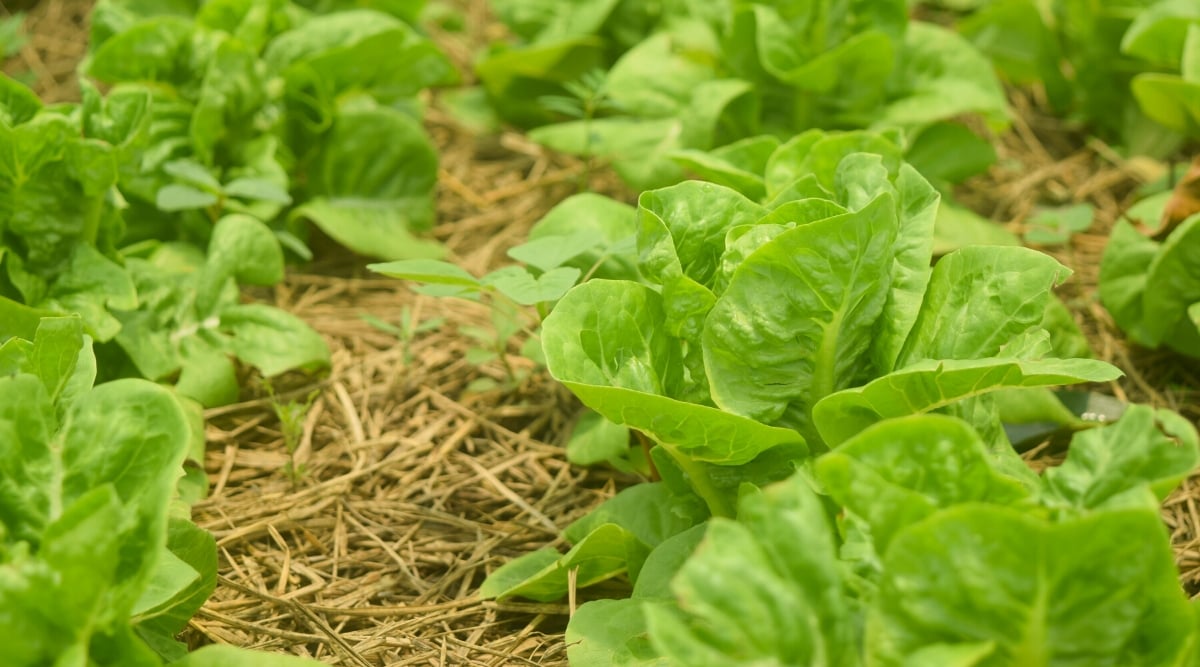

Lettuce is one different plant that doesn’t revenue or harm chicories—it merely exists shut by. They every like ample water and a great deal of springtime daylight nevertheless will start to bolt when the temperatures get too scorching.
They do share pest points, though, like aphids and thrips. Protect neem oil out there to battle them, or wash the aphids off with water.
Mustard Greens
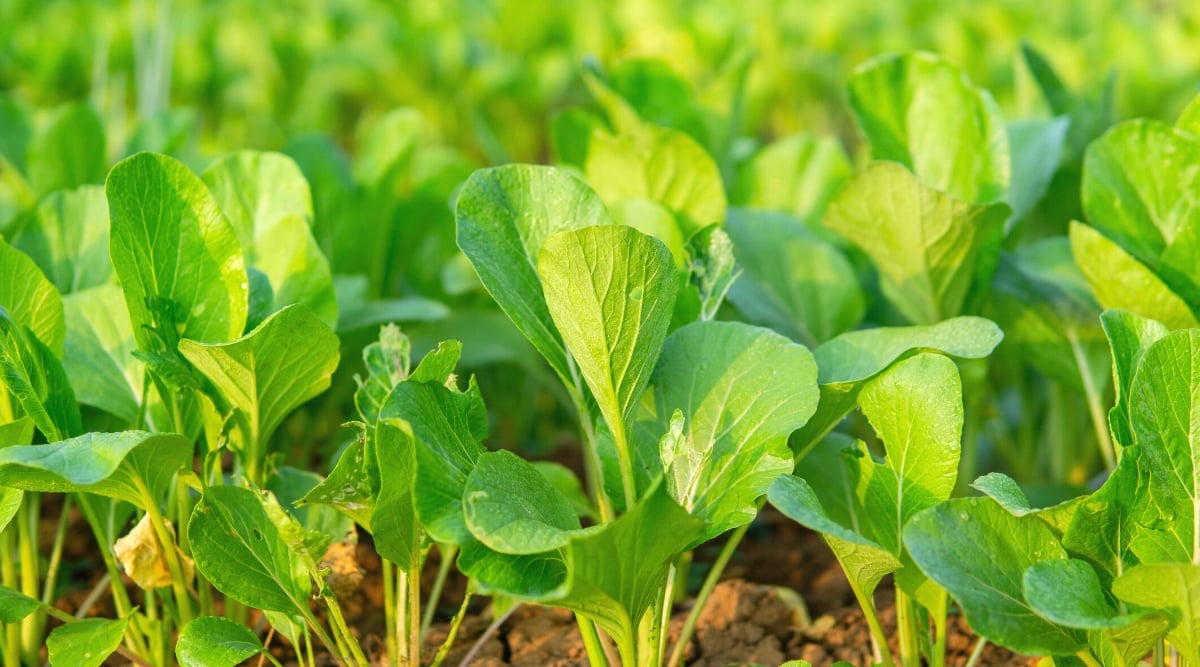

Mustard greens are a improbable radicchio companion because of they like moist conditions. They generally solely develop only a few inches tall and intensive, making it easy to squeeze them into open areas between the heads.
Mustard is throughout the Brassica family and has plenty of the same pests I mentioned with cauliflower, like cabbage loopers and thrips, which may also go after your chicory crop.
Radish
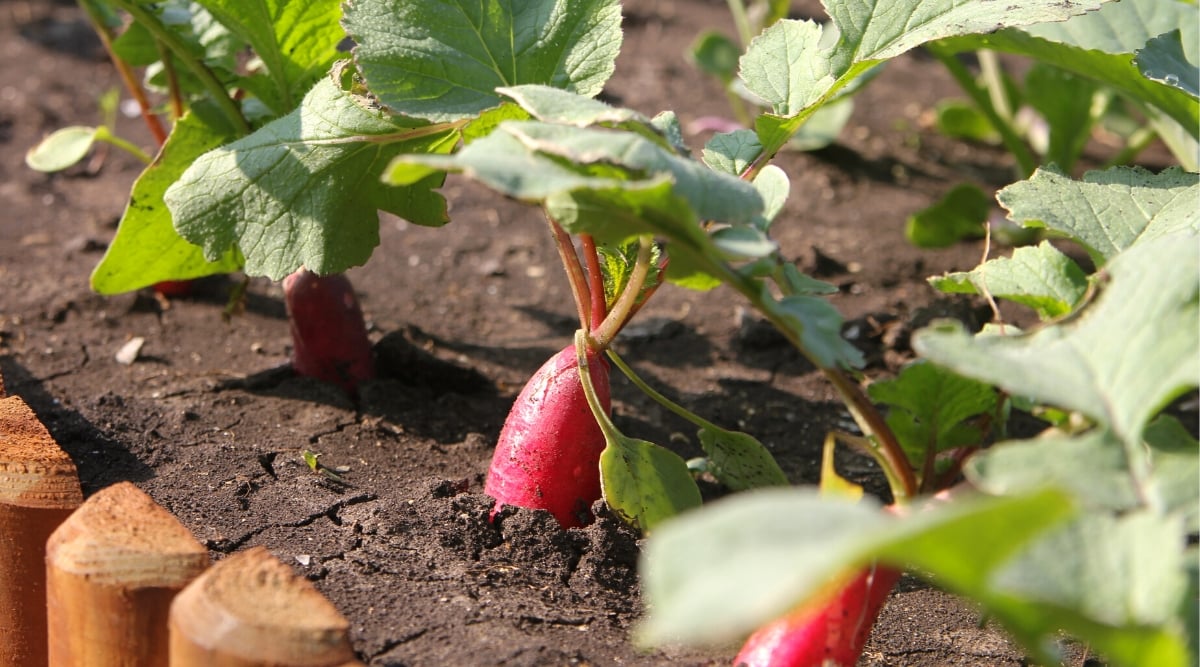

Radishes and chicories make a improbable combination on the dinner plate, nevertheless moreover they go successfully collectively throughout the soil. They’ve associated water and daylight desires, and every must be grown in cool local weather, so that you simply acquired’t must sweat over their specific individual care.
You could use radishes as a lure crop for aphids. Plant radishes shut by (nevertheless not correct subsequent to your radicchio – merely inside only a few toes) and allow the aphids to feed on the radishes.
As soon as they get too haggard-looking, take away the radishes out of your yard to get the aphids out of there and reduce the inhabitants.
Sage
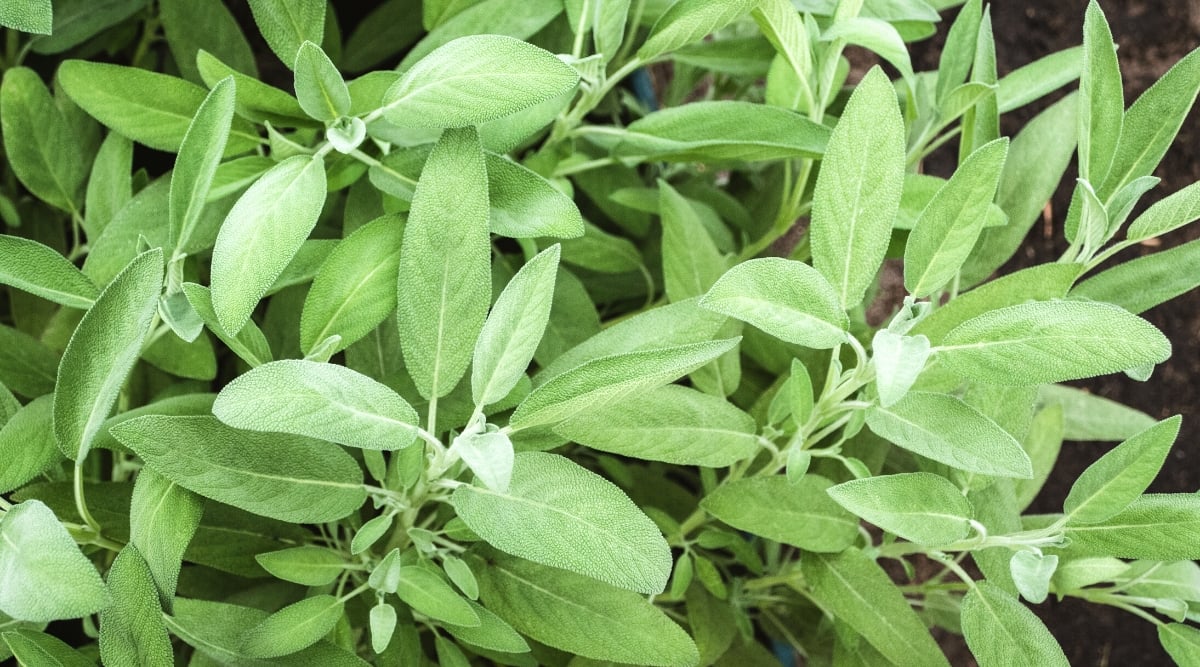

This drought-tolerant herb is perhaps troublesome to take care of comfy within the equivalent mattress as a chicory crop because of chicories need so much water, and sage likes it drier. Nonetheless, it’s a wonderful companion attributable to the entire pests it deters. Flea beetles, cabbage worms, cabbage moths, and cabbage loopers want to assault radicchio nevertheless will keep their distance in case you’ve got sage spherical.
Protect sage in a container near your radicchio so you’ll administration how so much water it receives. It ought to solely be watered when the very best few inches of soil are dry, whereas radicchio desires consistently-moist soil.
Tatsoi
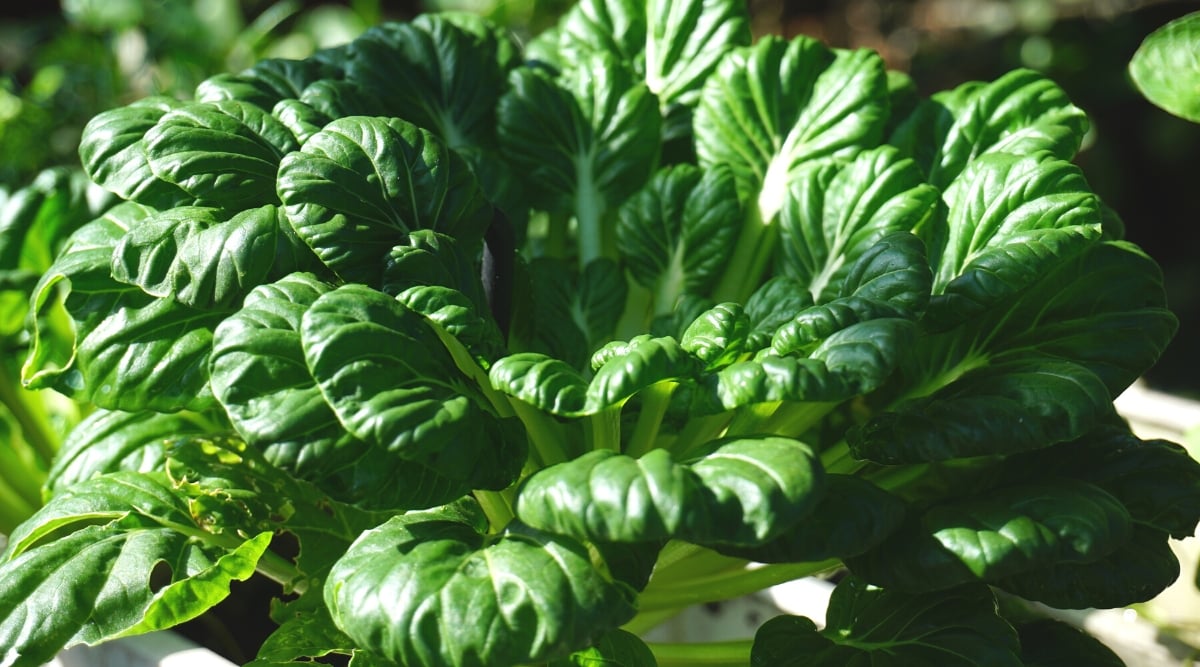

Tatsoi is an Asian brassica which may be cherished raw or cooked. Though it attracts slugs, cabbage worms, and flea beetles like totally different brassicas do, they don’t go after this plant as so much as they do the others. These pests moreover like radicchio, nevertheless the pest pressures shouldn’t be as unhealthy as totally different radicchio and brassica combos.
Tatsoi is one different thirsty vegetable that may revenue from sharing an space collectively along with your radicchio. Current every vegetation with a great deal of water and nitrogen to take care of all people comfy.
Tomatoes
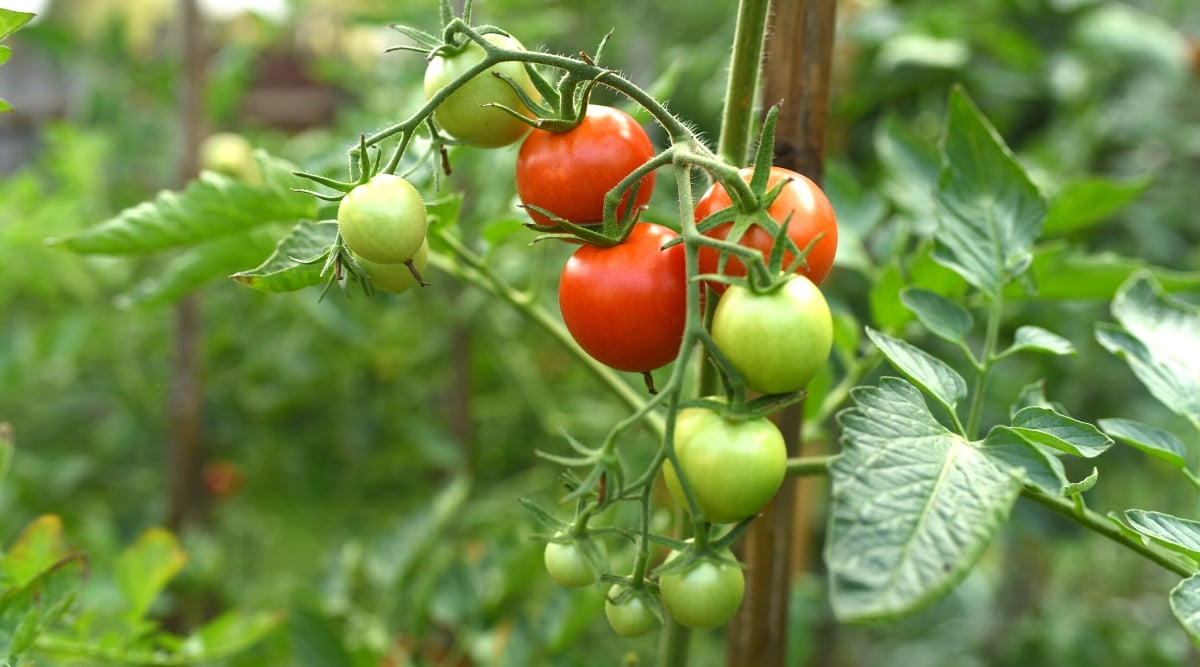

Some gardeners will say that tomatoes and totally different nightshade vegetation are a foul various with radicchio. These people have a level, nevertheless while you’re cautious about spacing, it’s essential use tomato vegetation to increase your spring chicory harvest.
Tomatoes are typically frowned upon as a chicory companion plant attributable to their tendency to unfold verticillium wilt. Radicchio could be vulnerable to this sickness, so if one plant will get it, you hazard infecting every crops. Nonetheless, deciding on verticillium wilt-resistant tomatoes identical to the Camelia F1, Photo voltaic Gold F1, and Early Cherry will help reduce the sickness, as will pruning the underside branches of the tomato vegetation in order that they don’t contact the radicchio.
The revenue that comes from these companions is the shade tomatoes current radicchio as spring heats up into summer season season. This chicory solely likes full photo voltaic throughout the springtime and may bolt if it would get too scorching. Nonetheless when large tomato vegetation shade it, it’ll hold cool in moist soil and may remaining for for much longer than if it wasn’t protected.
Final Concepts
Radicchio is an beautiful and delicious crop that may add a great deal of shade and style to your meals. Though it might take up some home throughout the yard, there are a variety of selections you’ll plant subsequent to it that may get along with it successfully.
[ad_2]
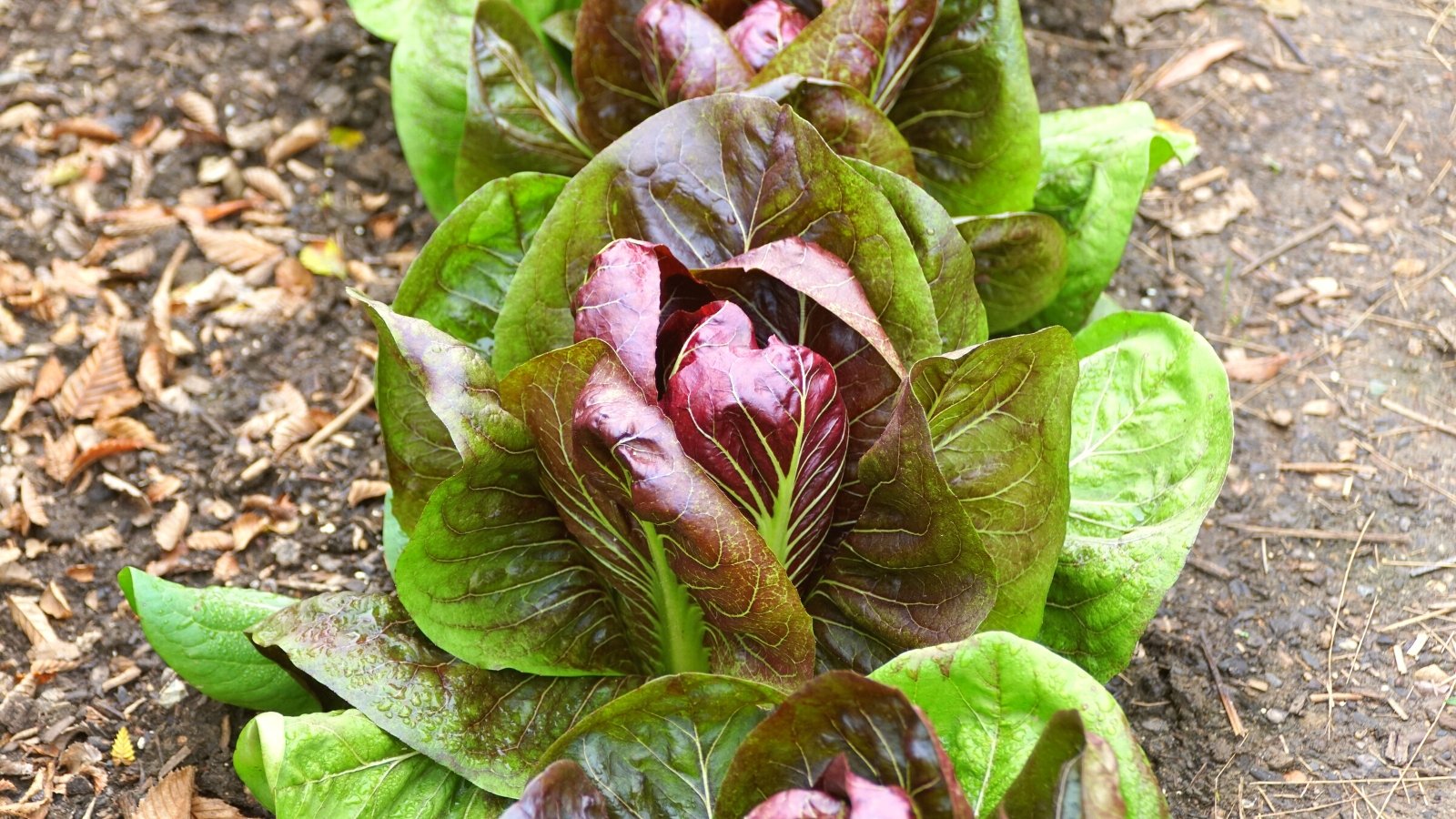
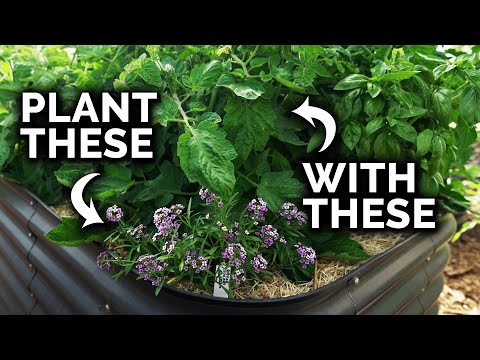
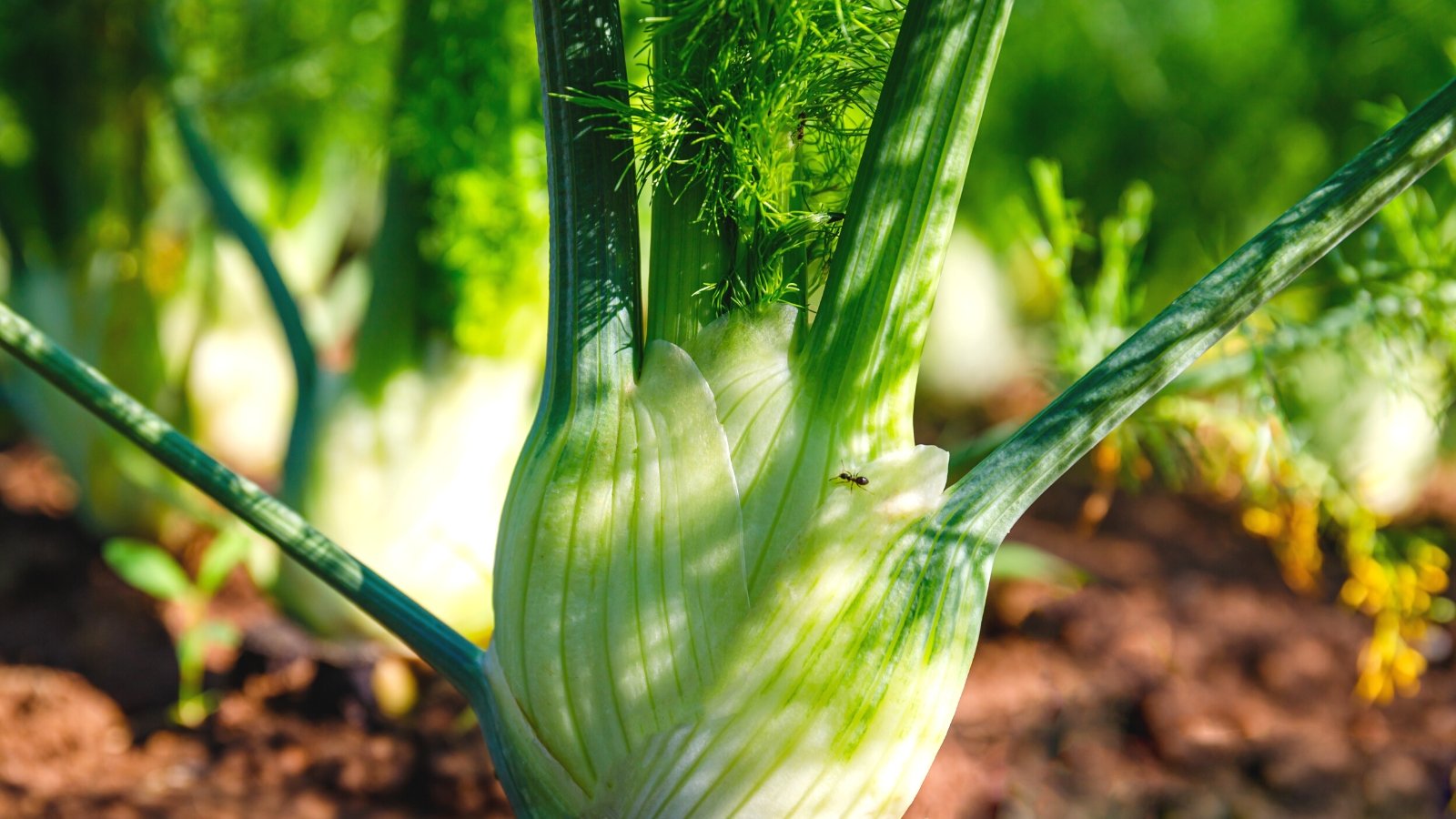
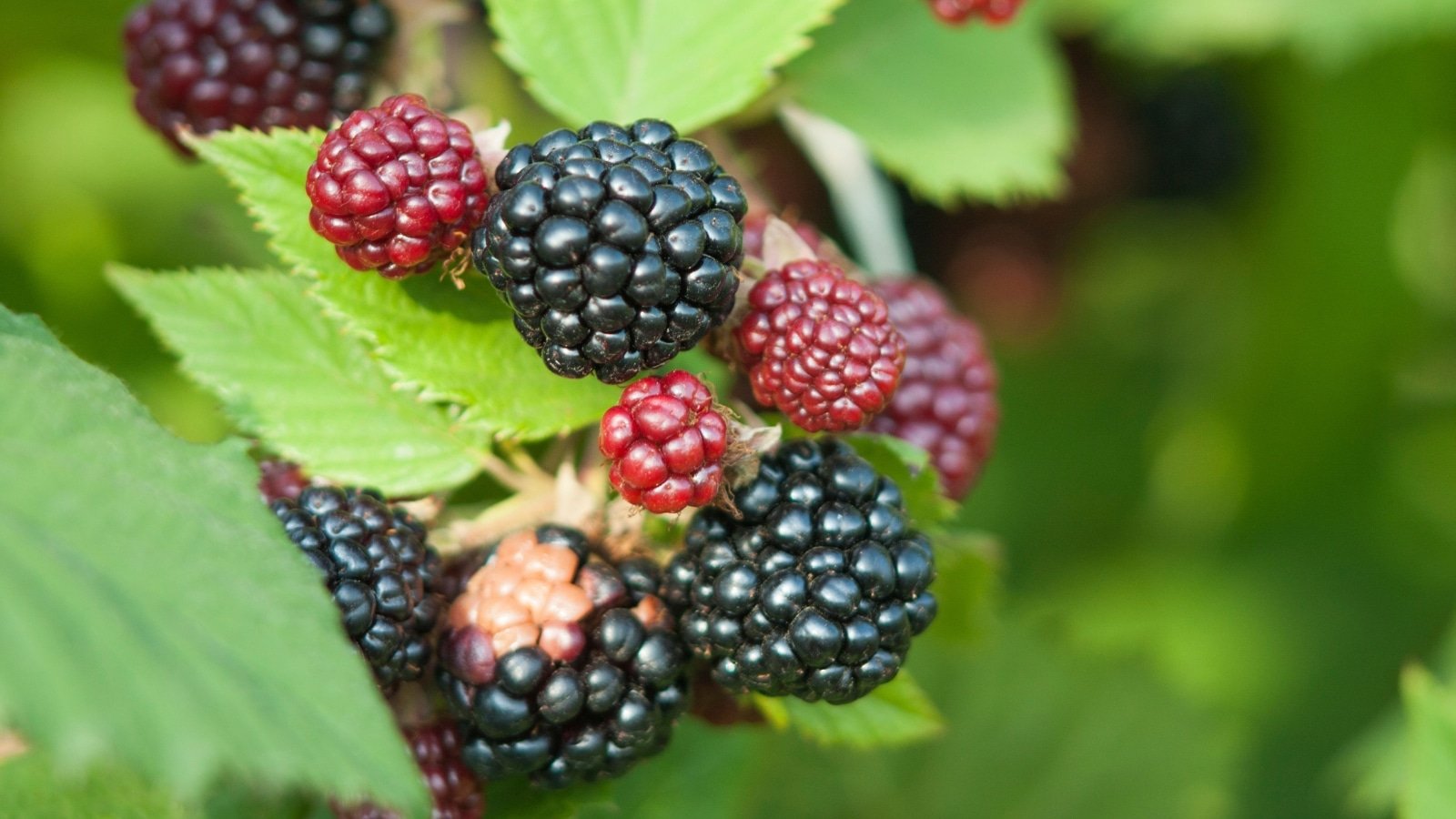

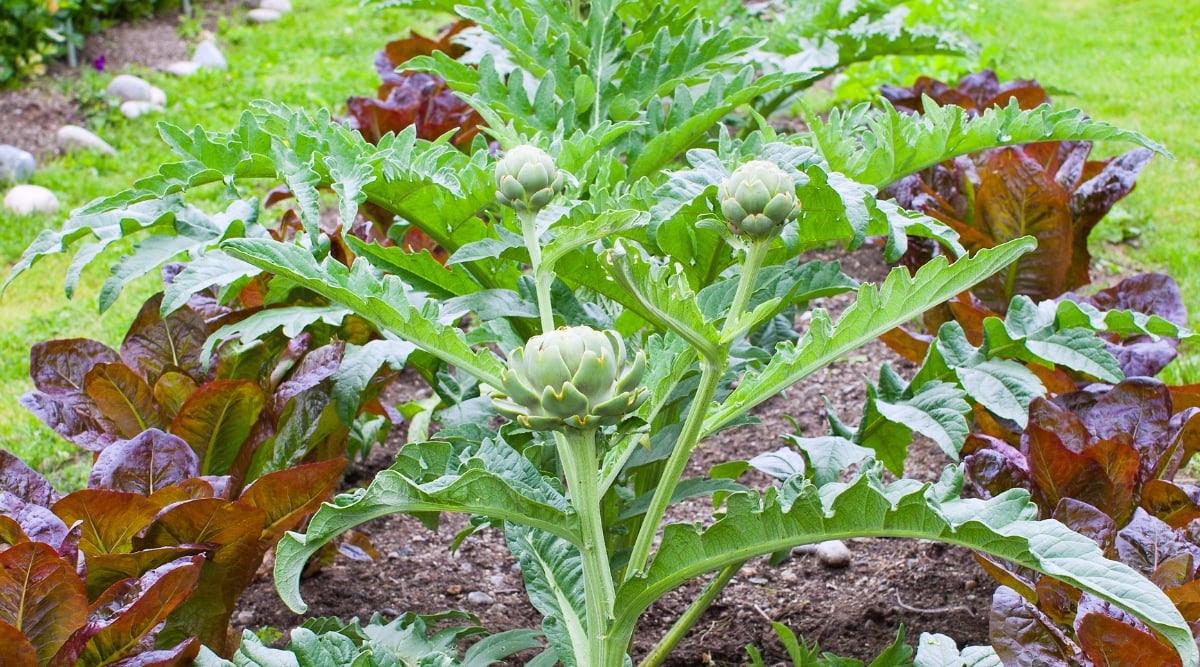
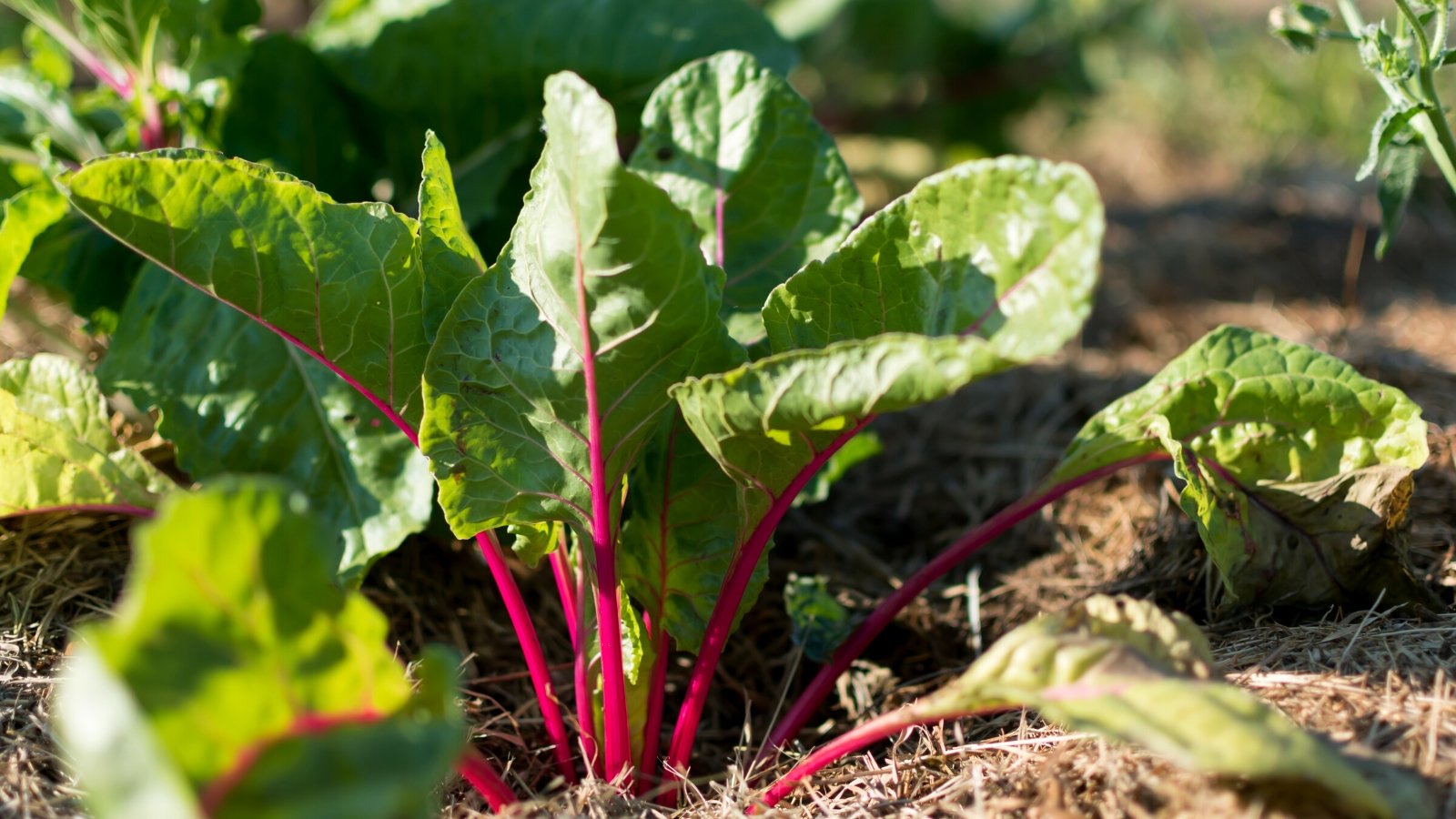


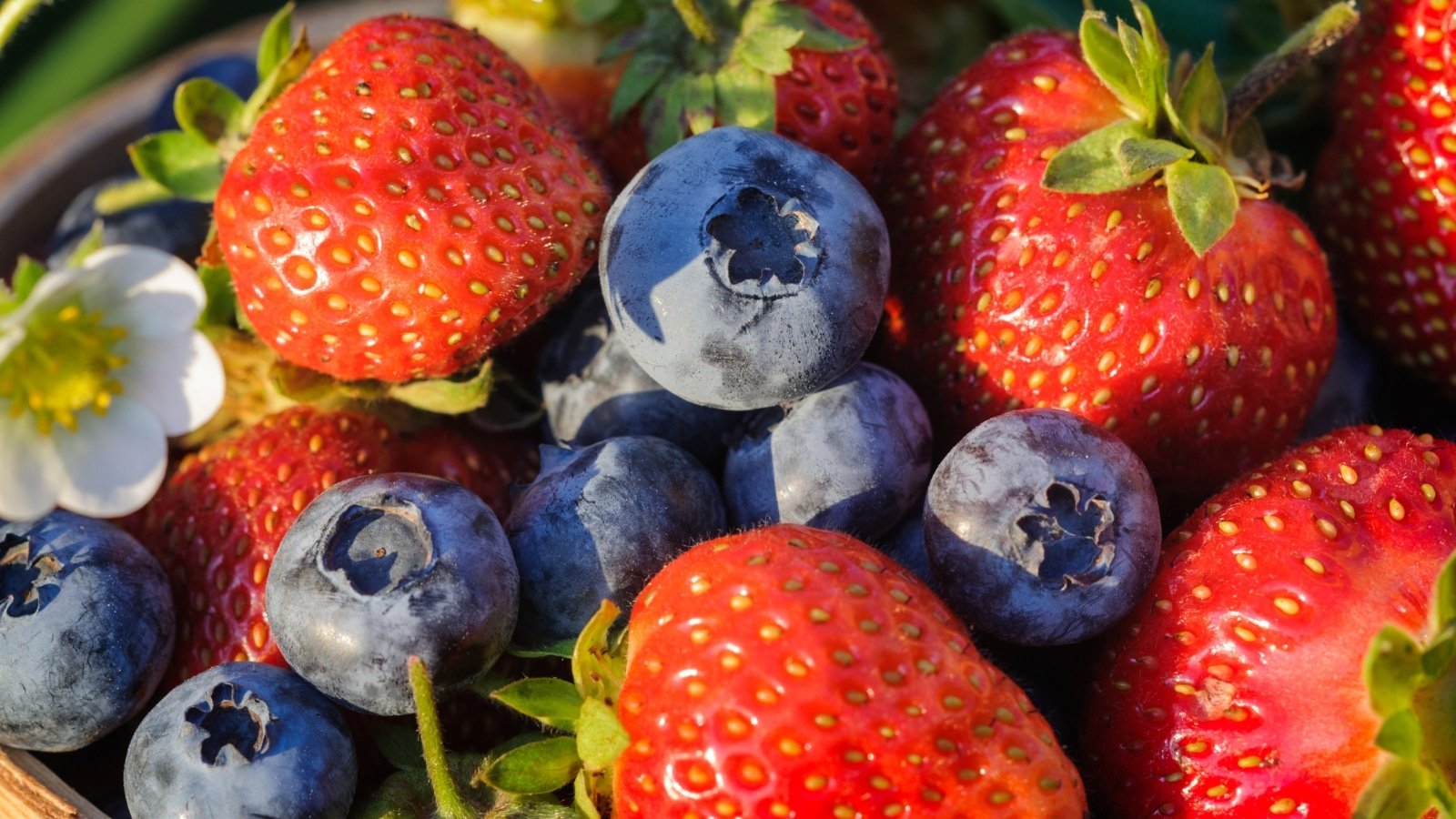
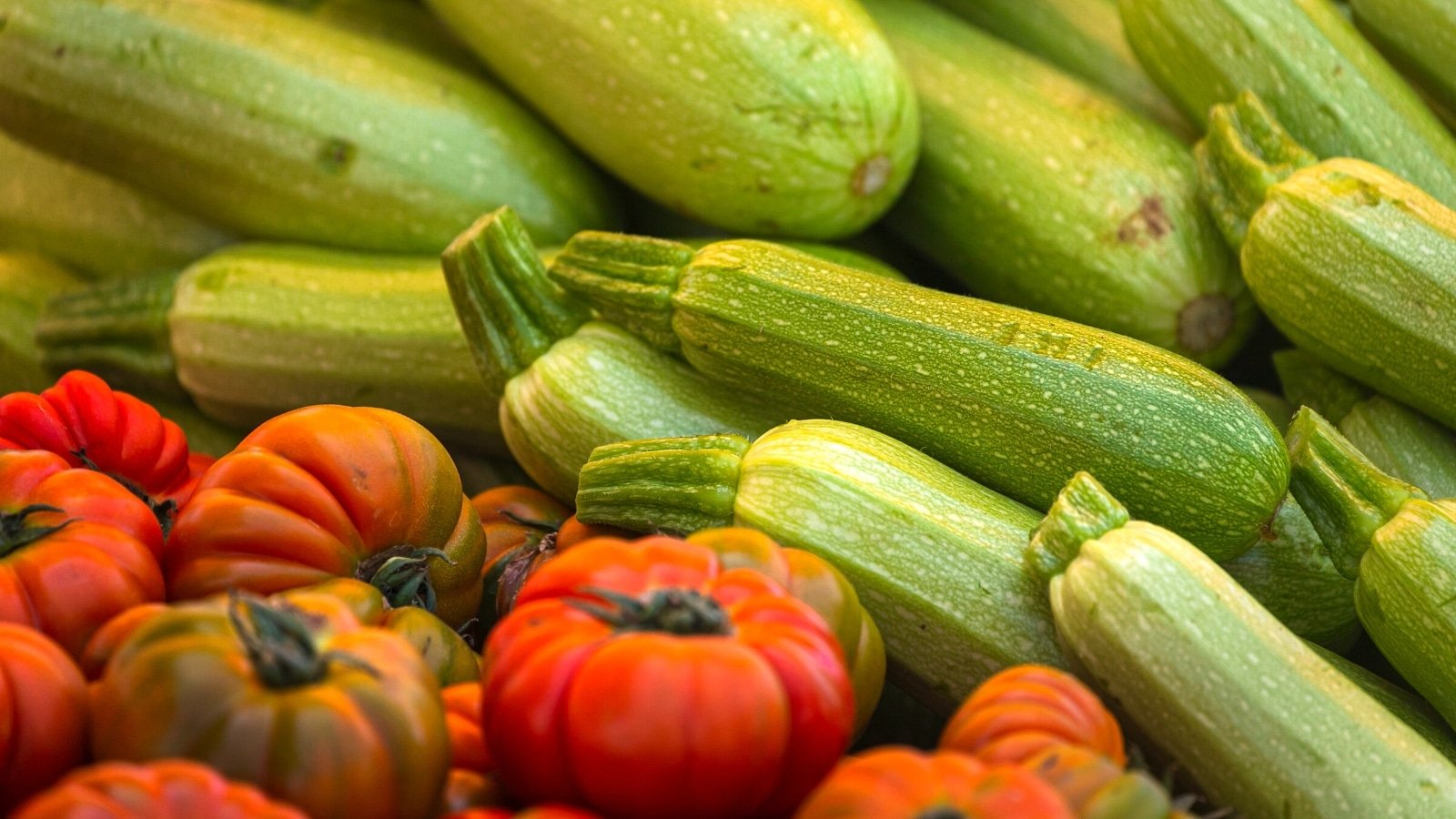
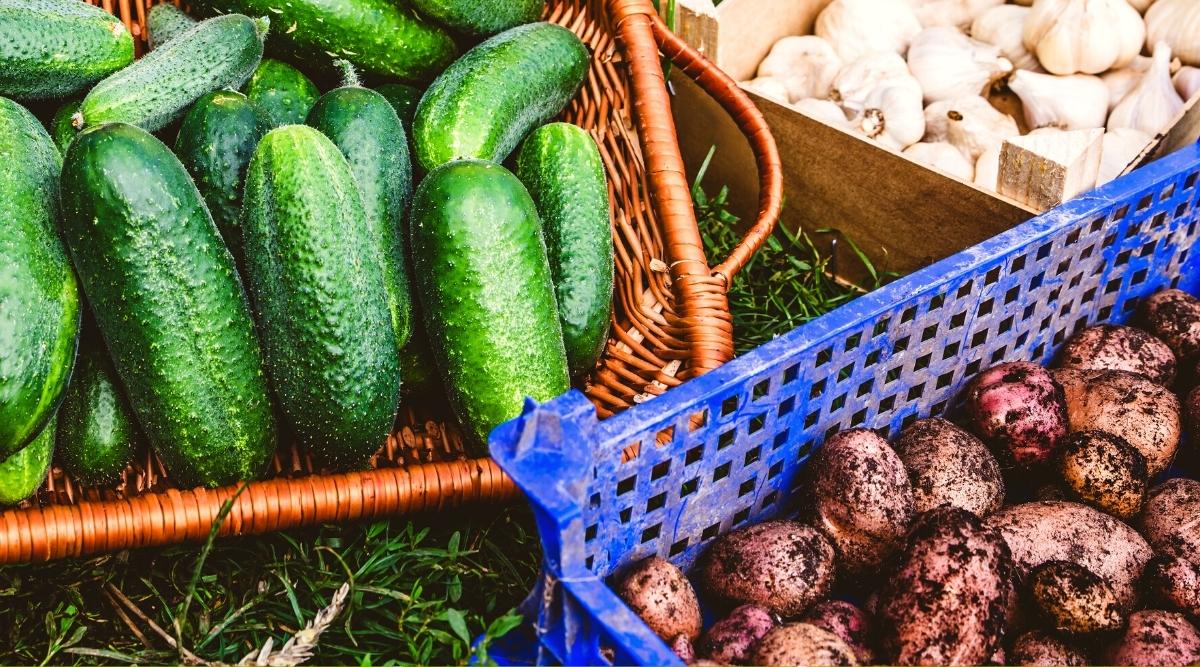
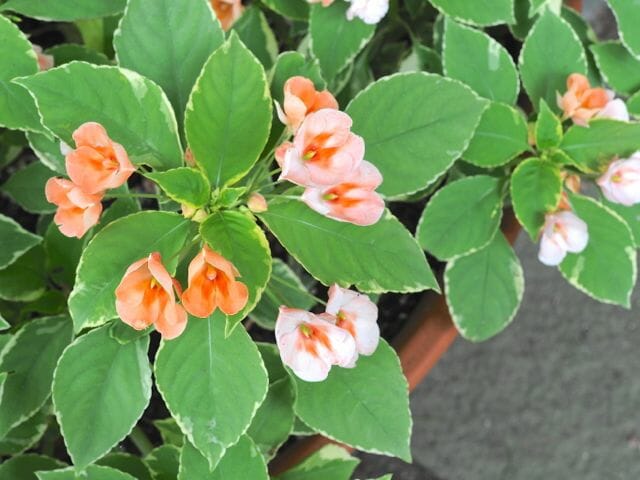
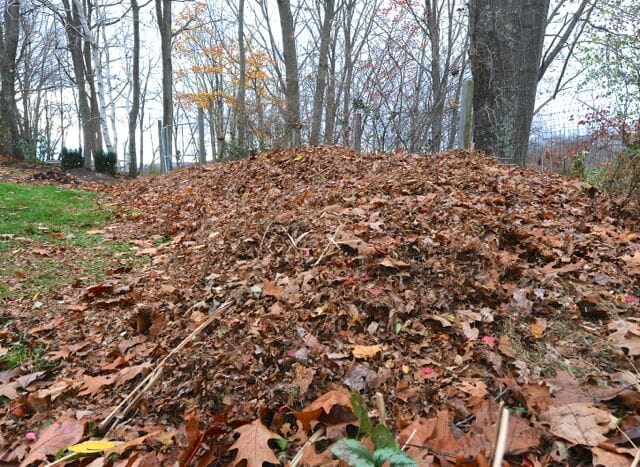

GardenGuru42
The article provides a comprehensive overview of companion planting, specifically with radicchio. It’s interesting to see how various plants can benefit each other in terms of nutrient absorption and pest control.